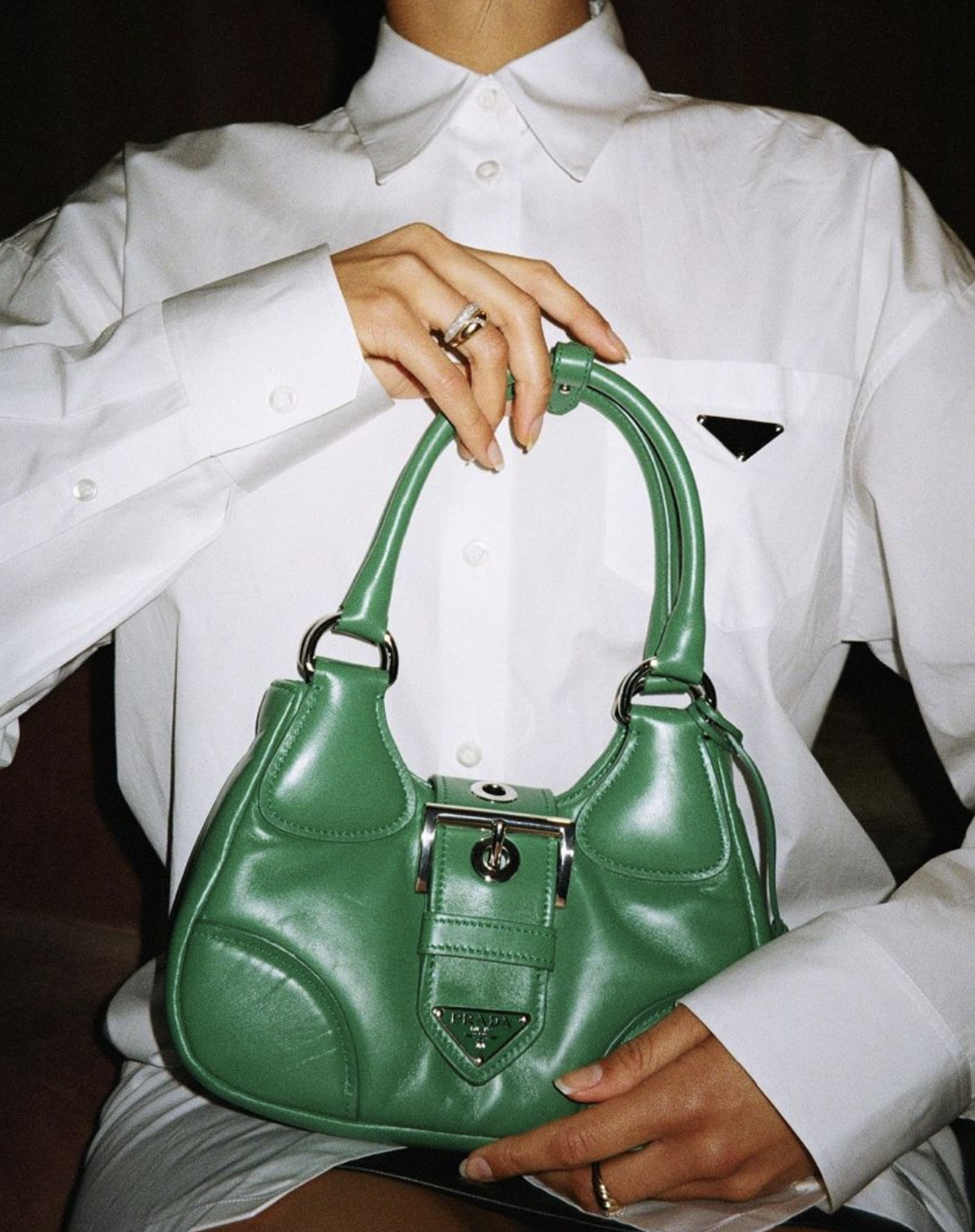What is a Fashion Stylist?
Un experto en moda es un profesional que desempeña un papel fundamental en la industria de la moda, influyendo en la percepción del público sobre marcas de moda, celebridades y tendencias. Esta profesión matizada va más allá de simplemente combinar atuendos. Requiere un profundo conocimiento del diseño, la teoría del color, las tendencias culturales y la historia del vestir, junto con un talento para la creatividad y un agudo sentido de la estética personal.
The Essential Duties of a Clothing Stylist
Essentially, the role of a fashion stylist entails choosing garments and accessories for numerous purposes such as personal styling for individual clients, editorial photo sessions, marketing campaigns, runway shows, and movie or TV productions. This requires grasping the story or the public persona the client aims to convey, and employing apparel as a means of storytelling.
Personal Styling: Fashion stylists may work with individual clients to enhance their wardrobe. This often means conducting a thorough review of their current clothing to better understand their personal style and needs, offering new style options, and sometimes even shopping for their client. Celebrities often rely on stylists to help curate their public appearances, ensuring they maintain an image that aligns with their personal brand.
Editorial Styling: In the world of magazines and publications, fashion stylists play a crucial role. They collaborate closely with photographers, designers, and art directors to create a visual narrative. For example, for a winter edition photo shoot, a stylist might focus on layering trends that speak both to current fashion and timeless elegance, thus providing readers with inspiration that is both novel and classic.
Commercial Styling: Promotional projects frequently include fashion experts to ensure that the outfits and accessories chosen reflect the brand’s image and intended audience. A company aiming to attract a younger age group might select designs that are cutting-edge or influenced by urban fashion, necessitating a fashion expert who grasps these subtleties and can successfully turn them into engaging visual material.
Abilities and Credentials
Fashion Knowledge and Trends: A successful fashion stylist must possess an extensive understanding of the fashion industry, including current and historical trends. This involves not only keeping up with fashion weeks around the globe but also understanding how cultural and social dynamics influence fashion.
Individual Style Evaluation: Stylists must possess a keen personal fashion sense while also having the capability to set aside their own preferences to adopt the look that aligns with the client’s, brand’s, or project’s requirements. Their discernment will influence the effectiveness of the fashion story in engaging with the intended audience.
Communication and Collaboration: Working as a fashion stylist is seldom a solitary occupation. The role requires exceptional communication skills to collaborate with photographers, designers, makeup artists, and clients. Being able to articulate a vision and work harmoniously with a team is critical to the successful execution of a project.
The Diverse Work Environment
Fashion stylists operate in diverse environments. Some take on freelance roles, allowing them the flexibility to explore various specializations and locations. Others opt to be part of major fashion companies, ad agencies, or the entertainment sector. This range provides a vibrant career journey where a stylist can transition from the elegant spreads of a fashion publication to the energetic behind-the-scenes of fashion week.
The Impact of Societal Fashions
Understanding cultural contexts is crucial in styling fashion. For example, merging historical patterns with contemporary styles is an emerging trend, showcasing the impact of globalization. A proficient stylist should not only blend these features with finesse but also honor their heritage. This skill to unite different cultural aesthetics weaves a diverse tapestry that enriches fashion’s intricate storyline.
The vocation of a fashion stylist is both complex and fulfilling. This role combines creativity with practicality, necessitating both an imaginative outlook and systematic application. Stylists are influential in determining how people view fashion, crafting a conversation between the clothing and the observer. By connecting design with individual expression, fashion stylists remain essential creators of the visual aspects of culture.



